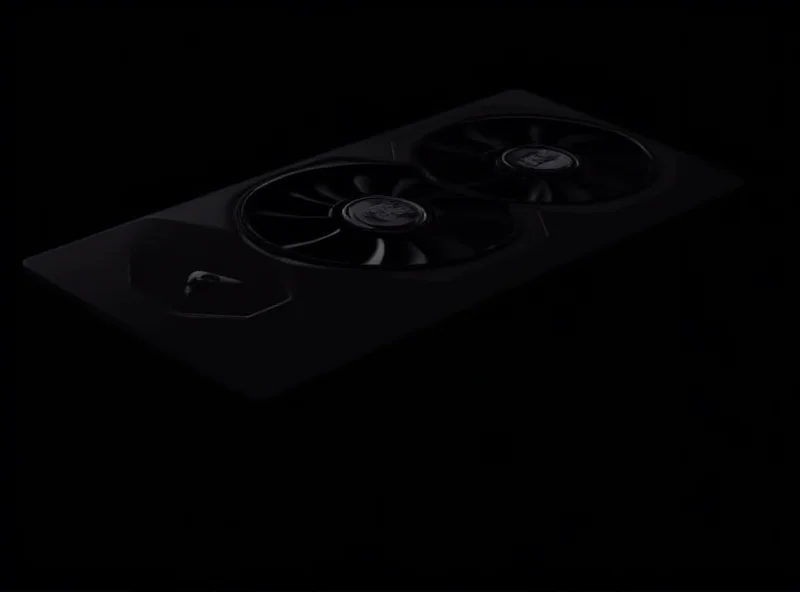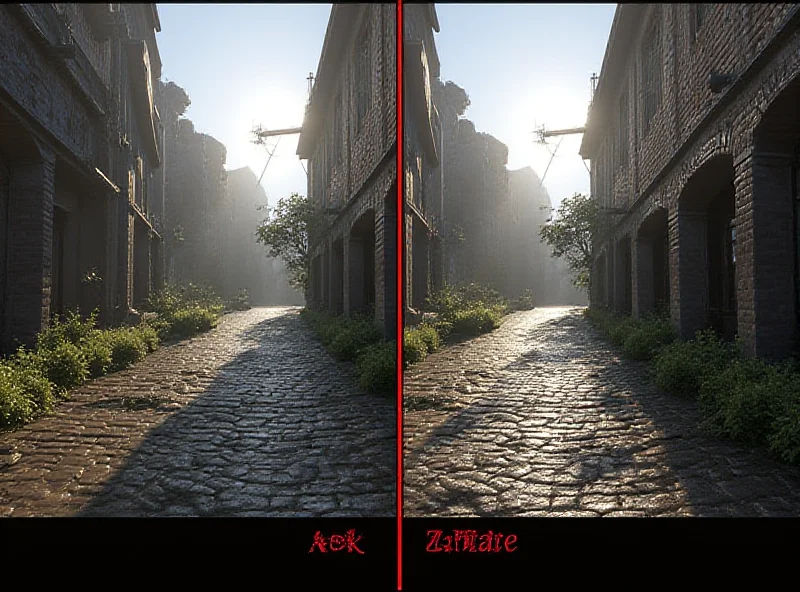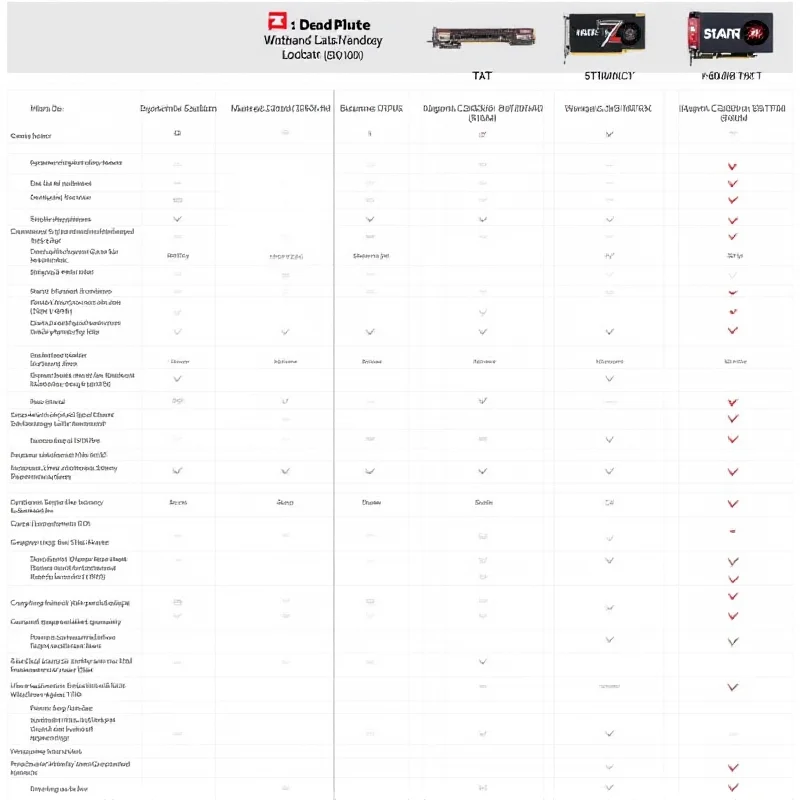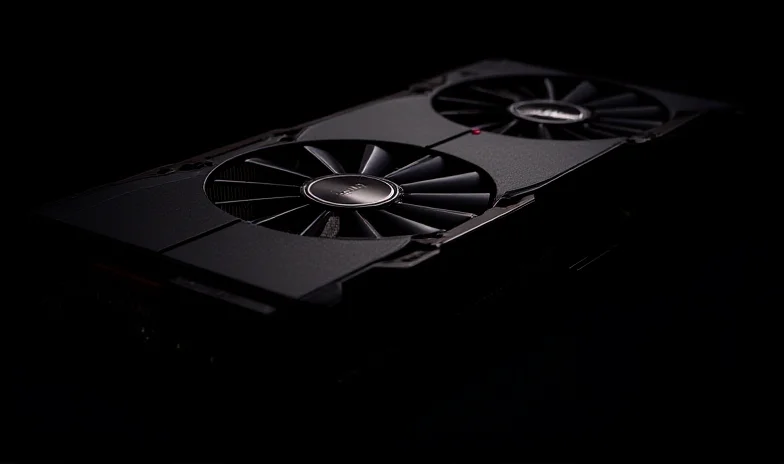AMD is looking to shake up the graphics card market with its new Radeon 9070 and 9070 XT GPUs. Set to launch on March 6th, these cards are built on the RDNA 4 architecture and boast impressive performance at competitive price points, directly targeting NVIDIA's midrange offerings. Can AMD steal the show?

Pricing and Positioning
NVIDIA's high-end RTX 5090 and 5080 cards are proving difficult to obtain at reasonable prices, and the RTX 5070 Ti is already approaching the $1,000 mark. AMD aims to capitalize on this with the Radeon 9070 starting at $549 and the 9070 XT at $599. This pricing strategy significantly undercuts NVIDIA's RTX 5070 ($549 MSRP) and 5070 Ti ($749 MSRP), making AMD's new cards an attractive option for budget-conscious gamers.
AMD also has other exciting news in the mini PC realm, the GenMachine Zhi is an obscure mini PC, but with an AMD Ryzen 3 5425U APU and tiny compact design, it packs a mighty punch.
FSR4: A Game Changer?
The major selling point for these new cards is AMD's Fidelity FX Super Resolution 4 (FSR4) upscaling technology. Unlike previous iterations, FSR4 is powered by machine learning, similar to NVIDIA's DLSS. According to AMD, this results in better image quality when upscaling from lower resolutions, as well as reduced latency and frame generation.

AMD claims the 9070 XT can run Space Marine 2 at an average of 53 fps in 4K, but with FSR4 enabled, that jumps to 182 fps. This performance boost is comparable to NVIDIA's RTX 50-series GPUs with frame generation. FSR4 is currently supported in over 30 titles, and AMD claims its HYPR-RX driver-level upscaler can improve performance by up to 3X in games like Star Citizen and Forza Horizon 5.
Specifications and Performance
Both the Radeon RX 9070 and 9070 XT come with 16GB of VRAM, exceeding the 12GB found on the RTX 5070. The 9070 XT boasts 64 RDNA 4 compute units, 64 hardware ray tracing accelerators, and 128 hardware AI accelerators. In contrast, the 9070 features 56 compute units and RT accelerators, as well as 112 AI units. The 9070 XT also has a higher power draw (304W vs. 220W) and a boost clock lead of over 500MHz, making it better suited for driving 4K 240Hz displays.

AMD's benchmarks show the RX 9070 XT being on average 51 percent faster than the Radeon 6900 XT and 26 percent faster than the RTX 3090 in 4K gaming with maximum settings. The RX 9070 is reportedly 38 percent faster than the RX 6800 XT and 26 percent faster than the RTX 3080 in similar tests. While comparisons to the RTX 40 series and newer Radeons might have yielded smaller gains, these results still demonstrate a significant performance improvement.
"If AMD can manage to keep the Radeon 9070 and 9070 XT in stock, and also hold prices close to their $549 and $599 launch figures, I wouldn't be surprised if some NVIDIA diehards jump ship."
Beyond gaming, the new RDNA 4 media engine offers improved H.264 encoding and supports up to 8K/80fps encoding and decoding. In AI tasks, the 9070 XT is 34 percent faster than the RX 7900 GRE in Davinci Resolve's Magic Mask Tracking Tool and 70 percent faster in Procyon SD XL for generative AI.
For those looking for even more affordable options, AMD plans to release RX 9060 cards in the second quarter. It will be interesting to see how these cards perform in the market and if AMD can disrupt NVIDIA's dominance in the graphics card space.
